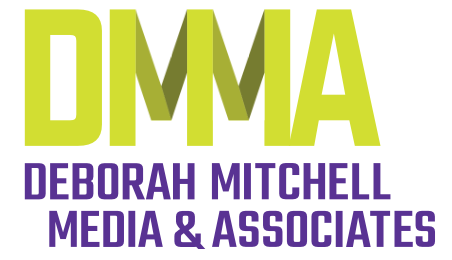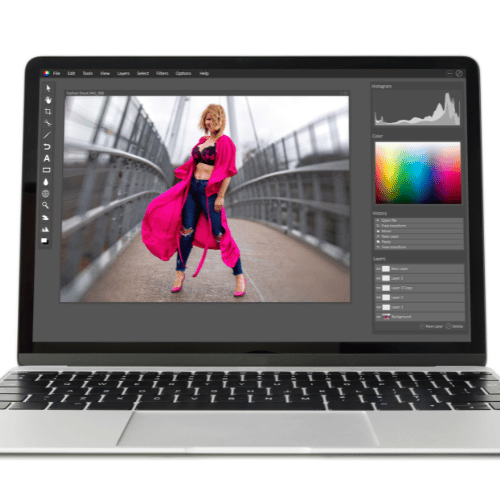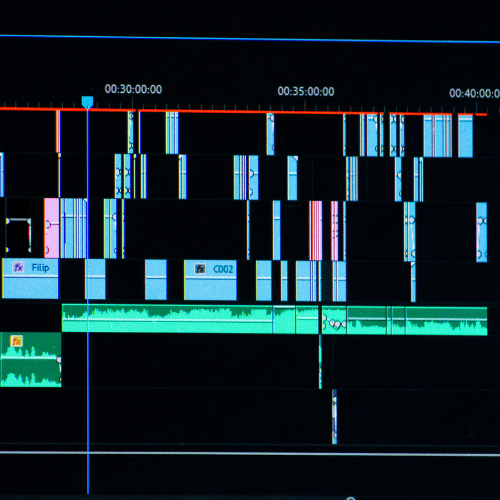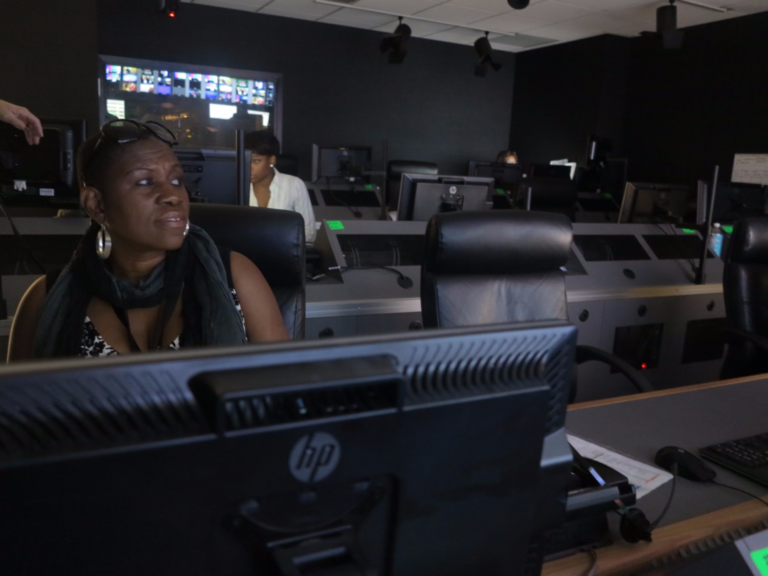Monthly Videos, Major Impact: The Strategy Behind Truly Engaging Content
You’re putting in the effort to create one video per month—let’s make sure it lands! Your audience isn’t just looking for content; they want something that speaks to them, something that keeps them coming back. And let me tell you, great videos don’t just “happen.” They’re the result of careful planning, engaging storytelling, and the right execution.
Start Here: Know Your Audience and Your Message
Before you hit record, ask yourself:
- Who am I talking to?
- What problem am I solving for them?
- What do I want them to do after watching?
A strong, clear message is what makes your video resonate. Everything—your script, your visuals, your energy—should revolve around delivering that message in a way your audience connects with.
Biggest Focus: Tell a Story That Sticks
People remember stories, not sales pitches. Even if you’re explaining a concept, teaching a skill, or promoting a service, you need to weave it into a story.
How to craft a video story that connects:
- Grab attention fast. The first 5-10 seconds should make people stop scrolling. Research from HubSpot shows that 54% of consumers want to see more video content from brands, but they’ll only stay engaged if it’s compelling from the start.
- Talk like a human. Keep it conversational and real.
- Use visuals that matter. Show, don’t just tell.
- Make the audience the hero. Show them how your content helps them.
Scripting: Plan It, But Keep It Natural
Even if you want a relaxed, off-the-cuff feel, having a script (or at least bullet points) ensures you stay on track.
Prepping for Success: Storyboards, Shot Lists & Organization
A little planning goes a long way!
- Storyboarding: Sketch or write out key scenes to visualize the flow.
- Shot list: Know what you need—close-ups, wide shots, B-roll, etc.
- Production schedule: Set a date, time, and location to keep things running smoothly.
- Gear checklist: Camera, mic, lights, tripod—don’t forget the essentials.
- Props & wardrobe: Choose colors and styles that match your brand. If you’re recording multiple videos in one day, ensure you have a different look for each video.
- Staging: Make sure your background is clean, clutter-free, and well-lit.
Quality Matters: Audio & Visuals
Your audience can forgive a slightly shaky shot, but bad audio? That’s a dealbreaker.
- Use a good mic (lav or shotgun) for clear sound.
- Film in a quiet space to avoid distracting background noise.
- Good lighting is a game-changer—use natural light or softbox lights.
- Think mobile-first. According to HubSpot, 90% of consumers watch videos on their mobile devices, so ensure your video is optimized for vertical or square formats when necessary.
Editing: Make It Engaging
Editing is where the magic happens. A few quick tweaks can take your video from “meh” to “wow.”
- Cut the fluff. Trim unnecessary pauses and filler words.
- Use engaging visuals. B-roll, graphics, and text overlays keep things dynamic.
- Add captions. According to a study by Verizon Media, 80% of people are more likely to watch an entire video when captions are available.
- Experiment with formats. Square videos work great on social, while widescreen is best for YouTube.
Promote Like a Pro
Once your video is live, don’t just sit back—get it in front of as many people as possible!
Final Thoughts: Show Up Consistently
One great video is a start, but consistency is what builds trust. When you create a strong strategy and stick to it, your audience will begin to recognize you as the go-to expert in your field. According to Marcus Sheridan in They Ask, You Answer, brands that consistently create video content generate 66% more qualified leads per year.
Citations:
Sheridan, Marcus. They Ask, You Answer. New York: Wiley, 2019.
HubSpot. “Video Marketing Statistics You Need to Know in 2024.” https://blog.hubspot.com
Patel, Neil. “How to Create Video Content That Actually Converts.” https://neilpatel.com
Verizon Media. “The Science of Captions and Subtitles in Video Marketing.” https://www.verizonmedia.com














